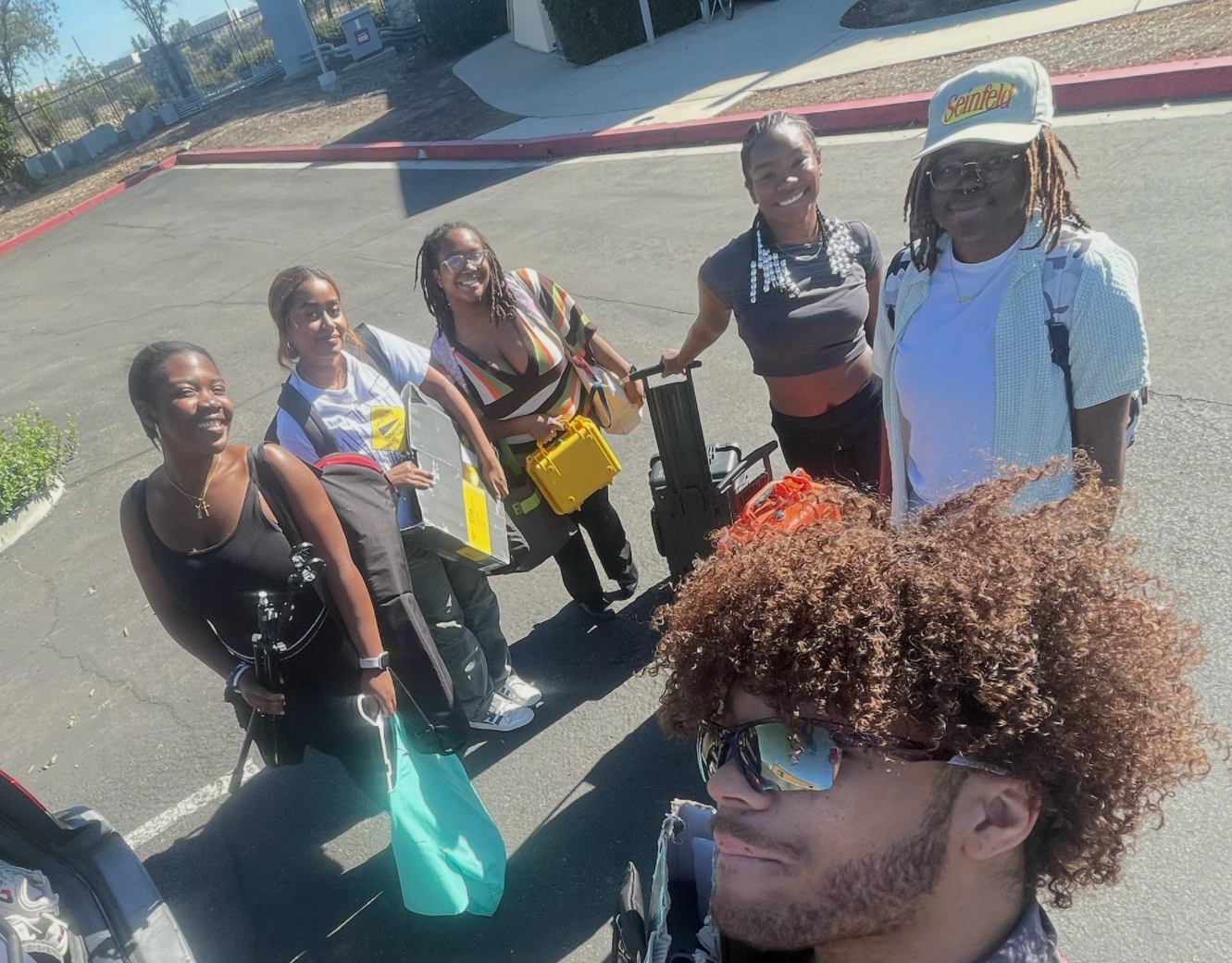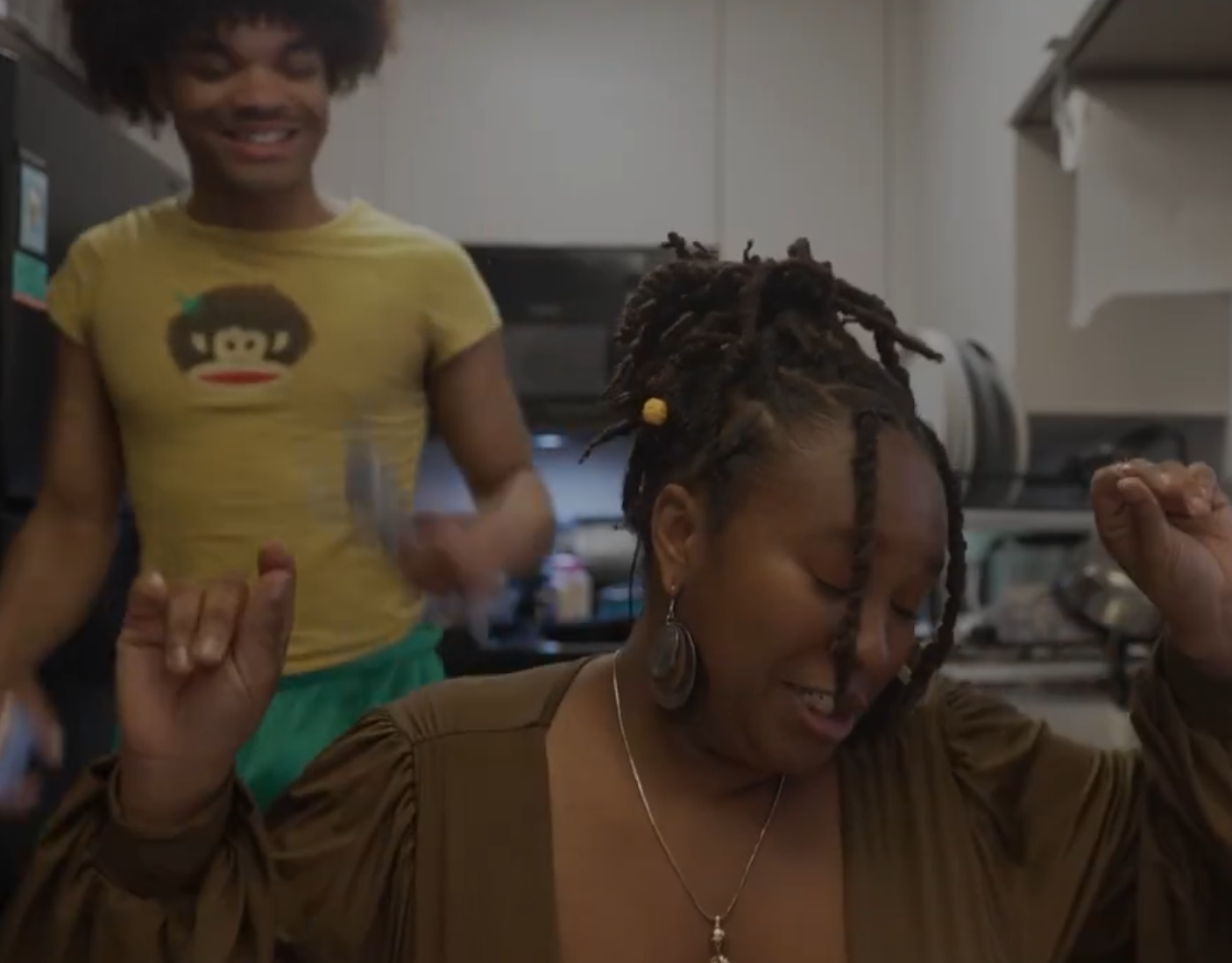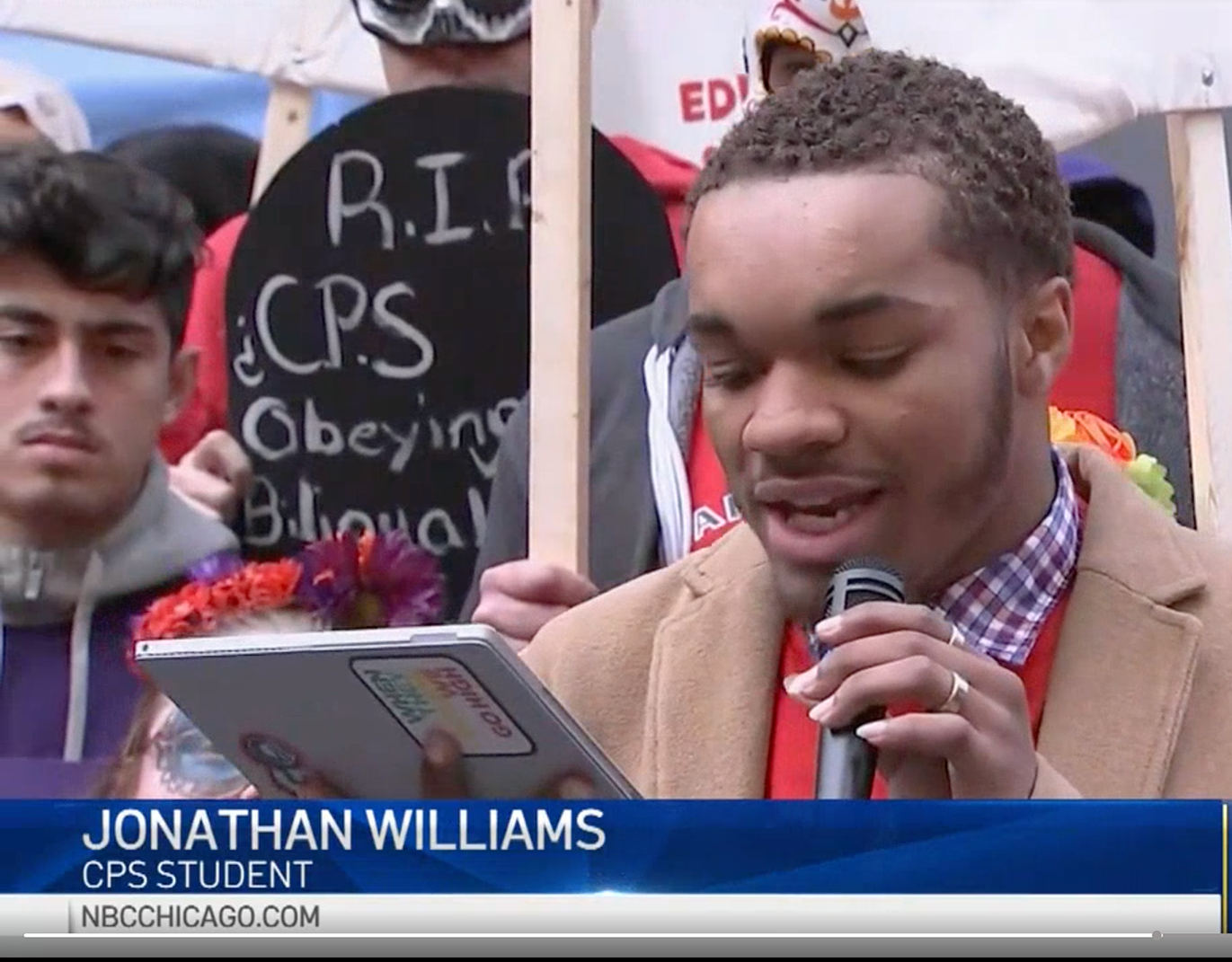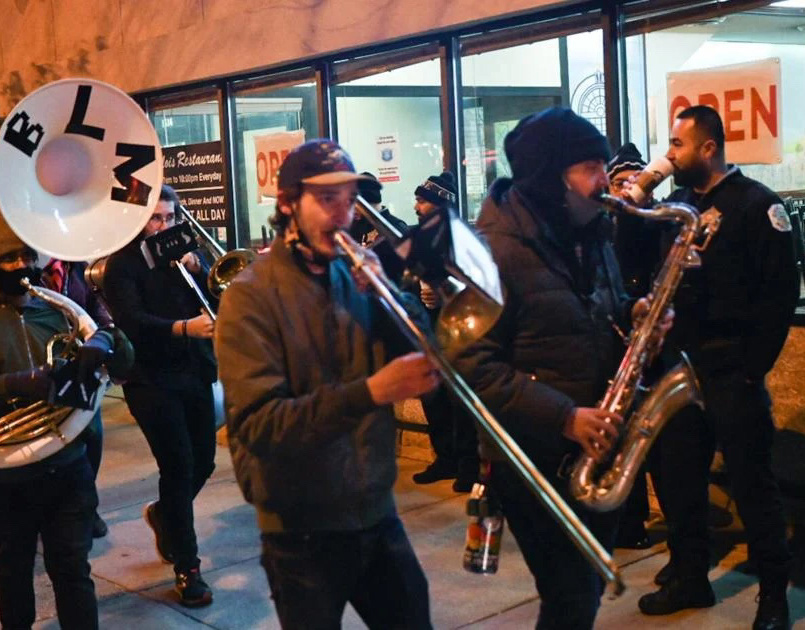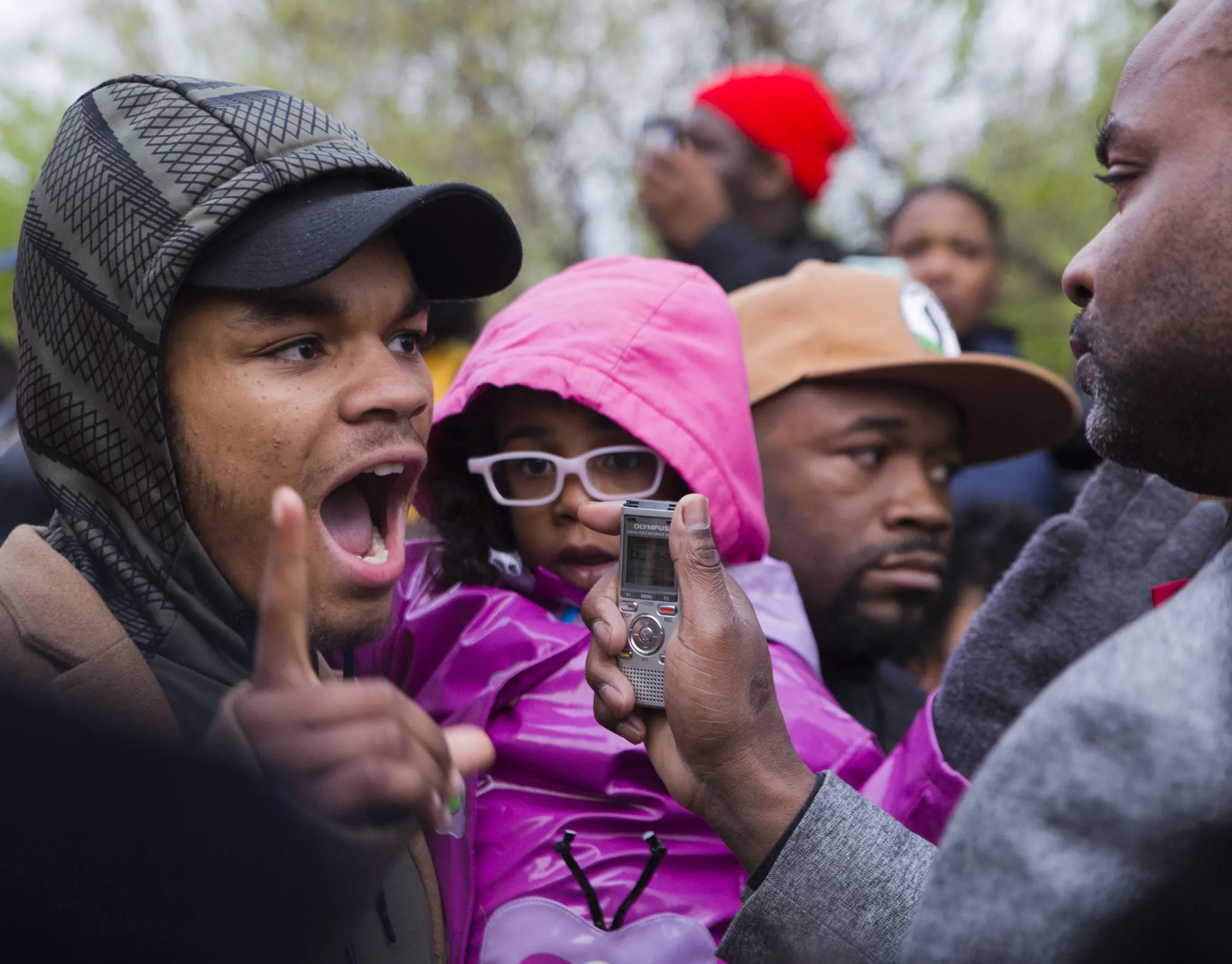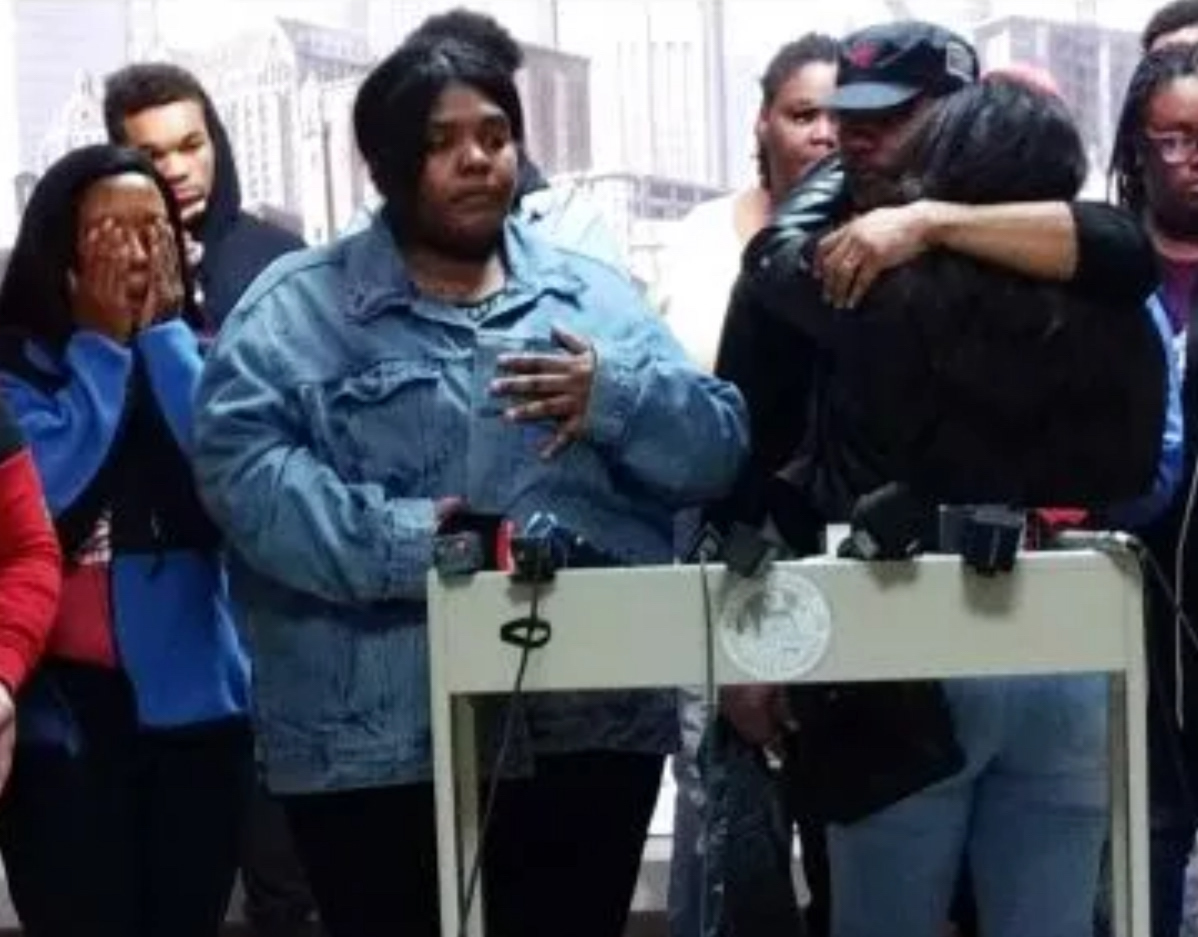Overview
A Dios Le Pido (Spanish for “I Ask God”) is a mini-anthology film and transmedia project following Yoli and Javi—two lovers navigating economic pressure, desire, and transformation in Los Angeles.
Told through three vignettes—a late-night bus encounter, a night at Red’s Bar, and a sequence inside Kiso Club—the film explores survival and identity through rhythm, tone, and atmosphere rather than conventional plot.
At its core, A Dios Le Pido is a queer Latinx story—specifically a trans Latinx story—that blurs boundaries between languages, mediums, and ownership of narrative voice. The two-minute montage and the larger work that follows invite viewers to feel before they understand: to sense the pulse of a world where art, labor, and intimacy coexist.
The Mini-Anthology Form
This project lives inside a mini-anthology framework—a compact, serialized structure of intersecting stories. Each vignette stands on its own, yet contributes to a collective portrait of Latinx Los Angeles.
The Bus: everyday endurance; public space becomes private battlefield.
Red’s Bar: queer intimacy; a temporary sanctuary of joy and safety.
Kiso Club: artistic rebellion; where identity and performance fuse.
Unlike traditional anthologies stitched together only by theme, this format creates emotional continuity rather than chronological continuity. Viewers assemble meaning through echoes and contrasts.
Narrative Complexity & Plurality
A Dios Le Pido rejects the mono-narrative—the single, linear arc centered on one hero—and embraces narrative plurality, where multiple truths unfold simultaneously.
Yoli and Javi are not two halves of one romance; they are two different coins, not two sides of the same coin—each valuable, each spinning on its own axis. Their stories intersect, diverge, and inform one another without collapsing into a single arc.
This poly-narrative design expands the emotional range of the film and invites audiences to participate in making meaning. The result is narrative complexity: a storytelling field defined by resonance instead of hierarchy.
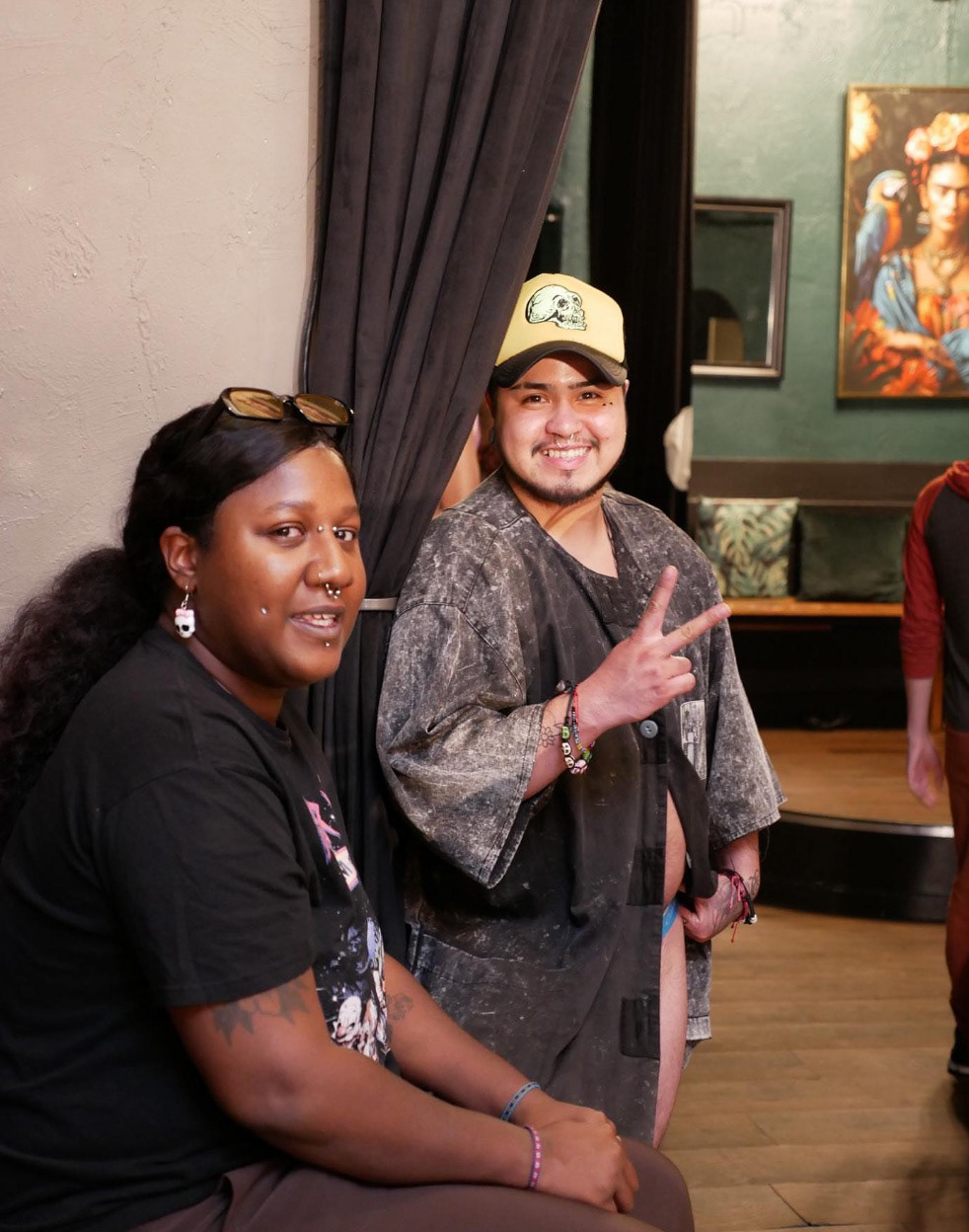
Vocabulary & Framework
Term & Definitions
Mono-NarrativeA single-thread story following one protagonist or moral arc.
Poly-NarrativeMultiple interlaced storylines that coexist and converse.
Narrative PluralityThe belief that no single arc or perspective can hold the full truth.
Transmedia ArchitectureThe structural design connecting how each medium—film, reel, caption, or post—expands the world.
Multi-Vector StorytellingThe strategy of placing different narratives in different media ecosystems (film festivals, reels, TikTok, installations) to reach varied audiences.
Together, poly-narrative and narrative plurality provide the creative philosophy, while transmedia architecture and multi-vector storytelling provide the operational strategy—ensuring each story fragment finds its ideal audience and platform.
Strategy & Transmedia Reach
In today’s fragmented media landscape, storytelling must meet viewers where they are. A Dios Le Pido’s transmedia approach uses its multi-vector design to distribute meaning across contexts:
Short clips and reels highlight emotional micro-moments.
The longer film provides narrative depth and cohesion.
Still photography and sound design extend the world online.
Each piece becomes an entry point—different hashtags, different tones, same emotional universe. This plural form mirrors contemporary identity itself: nonlinear, intersectional, and alive across platforms.
Closing Note
A Dios Le Pido is not only a film—it’s an evolving ecosystem of stories that challenge how we define narrative, audience, and belonging. By stepping beyond the mono-narrative into a poly-narrative, multi-vector design, the project embodies the complexity of queer Latinx life: fragmented yet connected, individual yet collective, rooted yet fluid.

